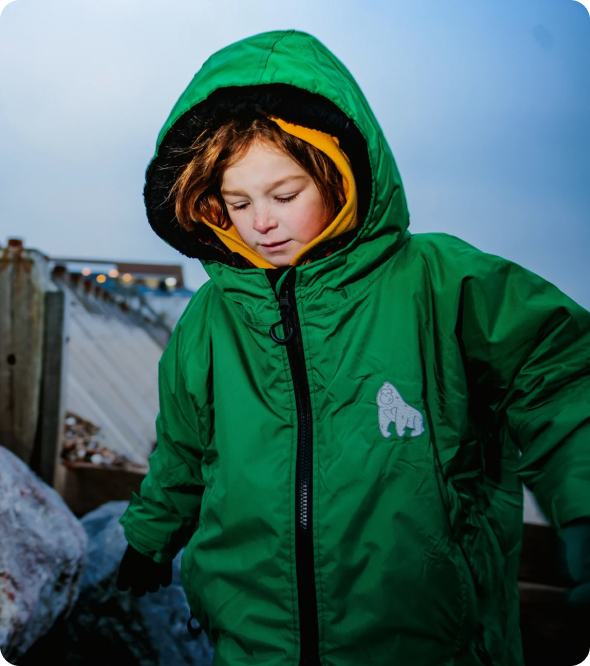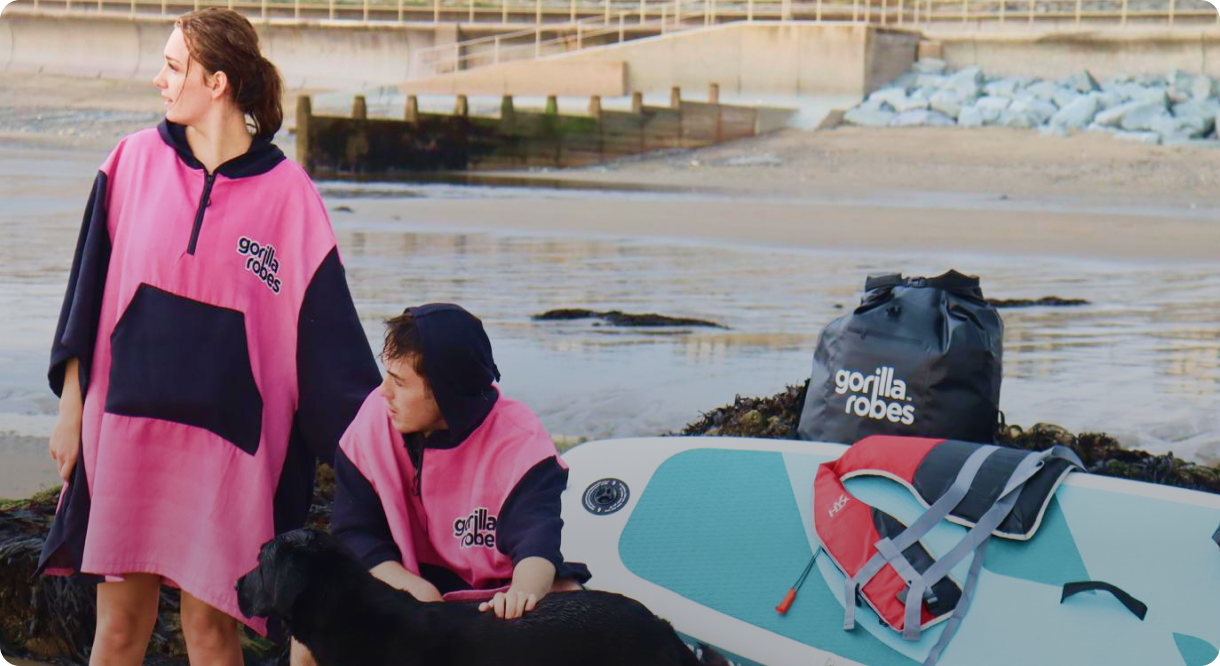Discounts are automatically applied at checkout
All product bundles and online discounts are automatically applied at checkout
Simply add all of the items included in the discount into your cart and the discount will automatically be calculated for you
If there are any issues, or you belive the discount has not been calculated correctly then get in contact with us ASAP
New clearance section
For end of line items with significant discounts please visit the Gorilla Robes clearance page (click here)
The summer 2024 2 for the price of 1 deal
Get ready for the beach and weekend warrior season with our three items for the price of one deal, check it out below
Waterproof Bag Bundle
Free camo or rainbow towel robe with every waterproof bag purchased plus a free standing mat
Adult waterproof robe bundle (2 for 1)
Free towelling robe with every adult waterproof robe purchased
Kids waterproof robe bundle (2 for 1)
Free kids towel robe every kids waterproof robe purchased
Please remember to add the three items to cart to unlock the deal at checkout

Random spot discounts
As we are a small business we need to carefully control the stock to cash ratio so we can do the fun stuff like pay VAT, tax and bills.
Therefore from time to time you will see spot discounts on product lines.
































































































